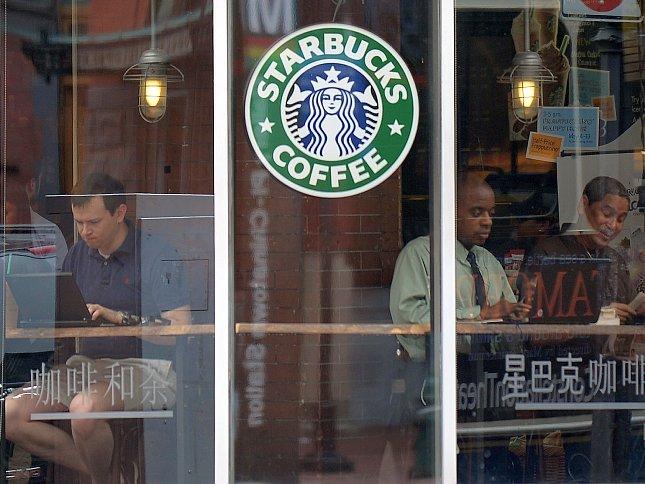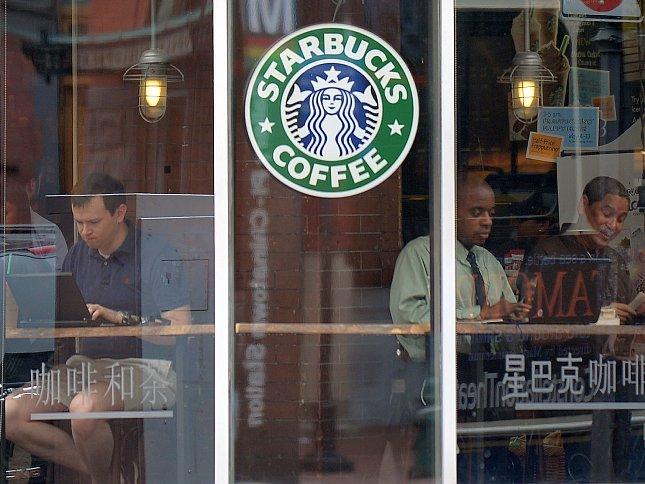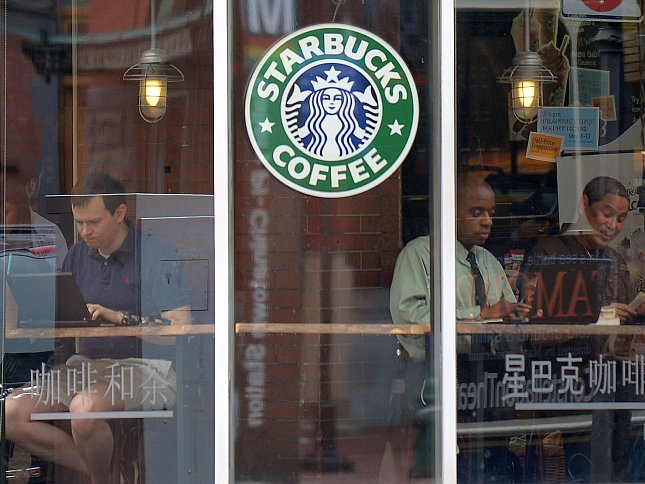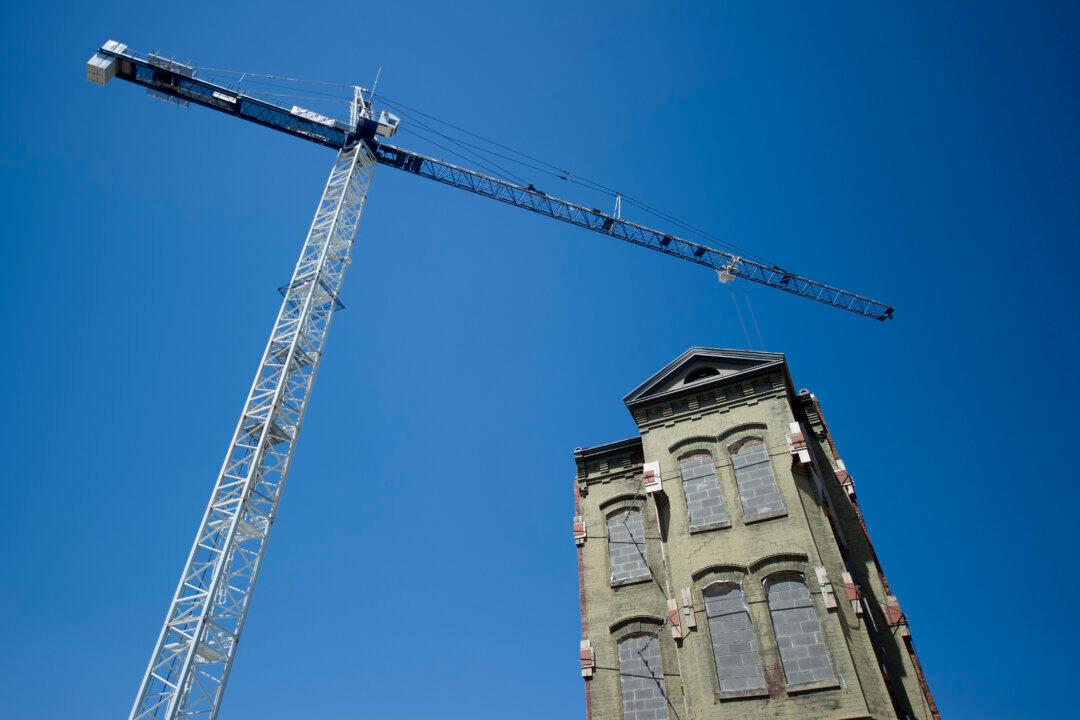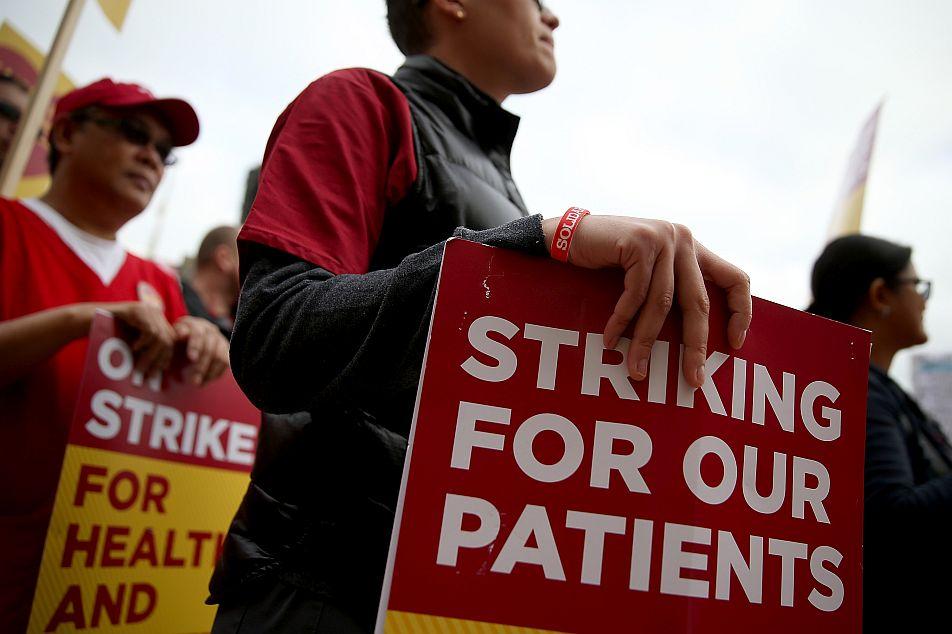Starbucks, a company that is often discussed by analysts and also used as a case study by academia, announced close in July that it was doing exceedingly well and informed its investors of record high 2012 third-quarter results.
“Starbucks record Q3 results demonstrate the continued strength of our global business and brand, the success of multiple, highly innovative consumer packaged goods initiatives,” said Howard Schultz, chairman, president and CEO of Starbucks in its recent third-quarter earnings announcement.
As an after thought, Schultz also admits in the earnings announcement that they didn’t make their projected numbers, but called it only a short-term set back and predicted that the company would see continued growth, given its strategic plan.
“This was Starbucks’ first miss on both the top and bottom lines since December 2008 ... CEO Howard Schultz remained optimistic despite strong macro headwinds in 2012,” said an article on the InvestorGuide.com website.
The company missed its projected quarterly earnings by 2 cents, resulting in an immediate decrease in its stock price of $5.51 from a $52.41 closing price on July 26, to an opening price of $46.90, a 10.51 percent decline. The stock price dropped further during the next few days and had not recovered by Aug. 3, when the closing stock price was $43.91.
The Starbucks stock price appears to be quite volatile, ebbing and flowing throughout 2012. On Dec. 30, 2011, the historical closing stock price was $46.01. The company achieved its highest 2012 closing stock price of $61.67 on April 13.
According to some stock analysts, volatile stock prices are the norm in the restaurant sector. For example, Dunkin Brands Group Inc., McDonald’s Corp., and Chipotle Mexican Grill Inc. also missed their projected financial numbers, said the InvestorGuide.com article, “Starbucks’ results were firmly in line with the rest of the U.S. restaurant industry.”
The National Restaurant Association (NRA) disagrees with InvestorGuide.com, and published a statement speaking of improved same-store sales and customer traffic. The NRA said that restaurants invested their earnings back into the company, improving their capital position.
On Feb. 1, the NRA reported a positive 2012 outlook, predicting that restaurant industry sales would improve over 3.5 percent from 2011 to $632 billion. At the same time, hiring of restaurant employees was predicted to increase by 10 percent to 12.9 million during 2012.
“June represented the eighth consecutive month that the RPI [Restaurant Performance Index] remained above 100, which signifies expansion in the index of key industry indicators,” said the NRA in its statement.
More analysts appear to be negative instead of positive concerning Starbucks stock. One analyst said in a July 27 article on the Motley Fool website that Starbucks frustrates investors, who worry about Starbucks’ stock price volatility.
“Starbucks’ quarterly results were good, just not good enough. Plus, Starbucks’ forecast for next year was weaker than analysts’ expectations due to macroeconomic conditions across the globe,” said the Motley Fool article.
Starbucks Growth Efforts Hitting a Snag
Academia does not quite agree with Starbucks intent to benefit from being an innovator, and even mentioned it in the strength section, as a number of its innovations didn’t quite profit the company, but the restaurant industry at large.
“Innovation has played a role in setting up a position for the rest of the market, for instance offering wireless Internet service—prospective innovations like an online preorder service have failed to develop client exception,” said an article on the Academic writer’s desk, a website that provides academic writing assistance.
On March 10, 2011, Starbucks announced that it partnered with Green Mountain Coffee Roasters Inc. (GMCR) into a manufacturing, marketing, and sales relationship to a sell single-cup coffee machine and its single cup (K-cup) coffee. One year later, Starbucks stabbed its partner in the back by announcing the sale of their own single coffee cup home brewing machine.
“We now have the opportunity to reach millions of customers who have been looking and waiting for a uniquely Starbucks solution in the fast-growing premium single-cup coffee market,” said Jeff Hansberry, president of Starbucks.
Analysts appeared to be surprised, and asked why Starbucks didn’t take into consideration that the K-cup patent owned by Green Mountain would end in September 2012, with Starbucks losing another selling opportunity, according to a July 30 article on the Seeking Alpha website.
“This means that there will soon be many new, large competitors in this space. … In short the floodgates have been opened in the K-cup arena; and both margins and profits are likely to become harder to come by soon,” predicts the Seeking Alpha article.
It appears that the Kroger Co., The Folger Coffee Company, Safeway Inc., Wal-Mart Stores Inc., Dunkin' Donuts Center, Nestle S.A., Sara Lee Corp., Kraft Foods Inc., and many others are getting ready to introduce their own brand of the K-cup.
As of July 1, 2012, Starbucks operated a total of 17,651 stores, an increase of 648 stores during 2012. Given the increase in new stores, the company should come out ahead and its predictions should have materialized.
According to the Seeking Alpha article Starbucks stated that it would close a number of underachieving stores in 2013, but then it also said that it would open an additional 100 stores in Europe, the Middle East, and Africa (EMEA) and a total of 600 stores worldwide. Stock analysts suggested that Starbuck needs to revisit its store-opening schedule worldwide.
“First the EMEA results for Q3 2012 were very weak. They showed a decrease in operating margin of 100bps to 0.9%. This means that net margin was negative. Not many people see the economic situation in Europe improving in the near future. Rather most see it getting considerably worse before it gets better,” according to the article on the Seeking Alpha website.
Analysts suggest that with Asian countries, where Starbucks hoped to increase sales, are experiencing an economic slowing down, and with it a possible drop in Starbucks stock price to around $20 per share. The Seeking Alpha article suggests selling Starbucks stock before 2013.
“The company trades at a premium multiple of 26.37. It is highly susceptible to economic downturns, which will make it miss its estimates. It seems unlikely to grow as fast as its predictions … SBUX [Starbuck is a big SELL now. For aggressive traders it is a short.”
Examining Possible Reasons for Stock Price Decline
“The relation between coffee prices and Starbucks Corporation is straight forward: as coffee prices decline we should expect Starbucks Corporation stock to rise,” according to a June Seeking Alpha article.
According the International Coffee Organization (ICO) the ICO Composite for coffee prices declined from $210.36 U.S. cents/pound in July 2011 to 159.07 cents/pound In July 2012. There was a constant decline between July 2011 and June 2012. In July the price of coffee increased by 13.76 cents/pound, an 8.65 percent increase.
Also, “The recent decline in S&P 500 has a lot to do with the recent decline in Starbucks’ stock price;” according to the Seeking Alpha article.
The Epoch Times publishes in 35 countries and in 19 languages. Subscribe to our e-newsletter.
